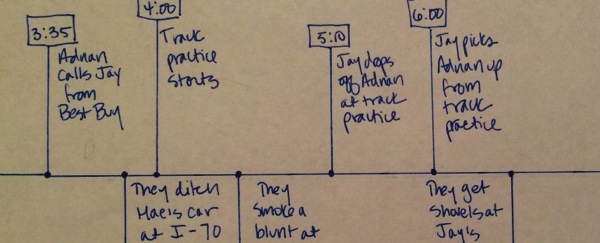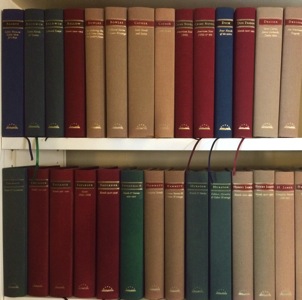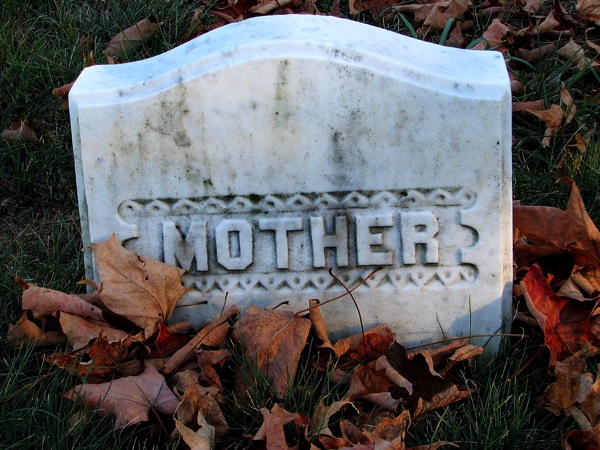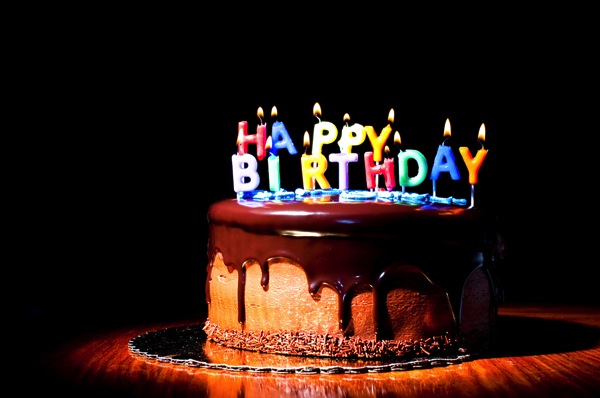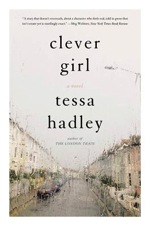
When I was a child growing up Catholic, the Feast of the Epiphany struck me as an afterthought. December was all about the thrilling run-up of Advent, characterized by candle lighting and singing at mass and by lists for Santa and chocolate-filled calendars at home. Finally there was the tremendous climax of Christmas. Jesus is born! Santa is here!
After that, it was all denouement. Epiphany was when our Christmas tree—by then shedding needles at an alarming rate—finally hit the curb. It was also the last little burst of festivity at church before the long stretch of Ordinary Time. The three wise men had made it to Bethlehem. My mother or maybe a priest explained that in many cultures, Christians waited until the Epiphany on January 6 (also known as Little Christmas, Twelfth Night, and the Twelfth Day of Christmas) to exchange gifts. This was mildly interesting, but I wouldn’t be getting any more gifts, so it was hard to get too excited.
Now that I’m a lapsed Catholic fiction writer who still loves Christmas, I’m trying to figure out what stories to tell my kids about this season. I keep coming back to the Epiphany, which seems to me now fantastic and magical, a journey fraught with hardship and intrigue and faith and even espionage. When the Magi arrive in Jerusalem and ask King Herod, “Where is the infant king of the Jews?”, he is disturbed and sends them on to Bethlehem with instructions to report back when they find the baby. But after they meet the infant they’re warned in a dream not to return to Herod. They instead follow a different route back home. Herod intends to kill the baby, who he sees as a rival.
Read more at Ploughshares.

